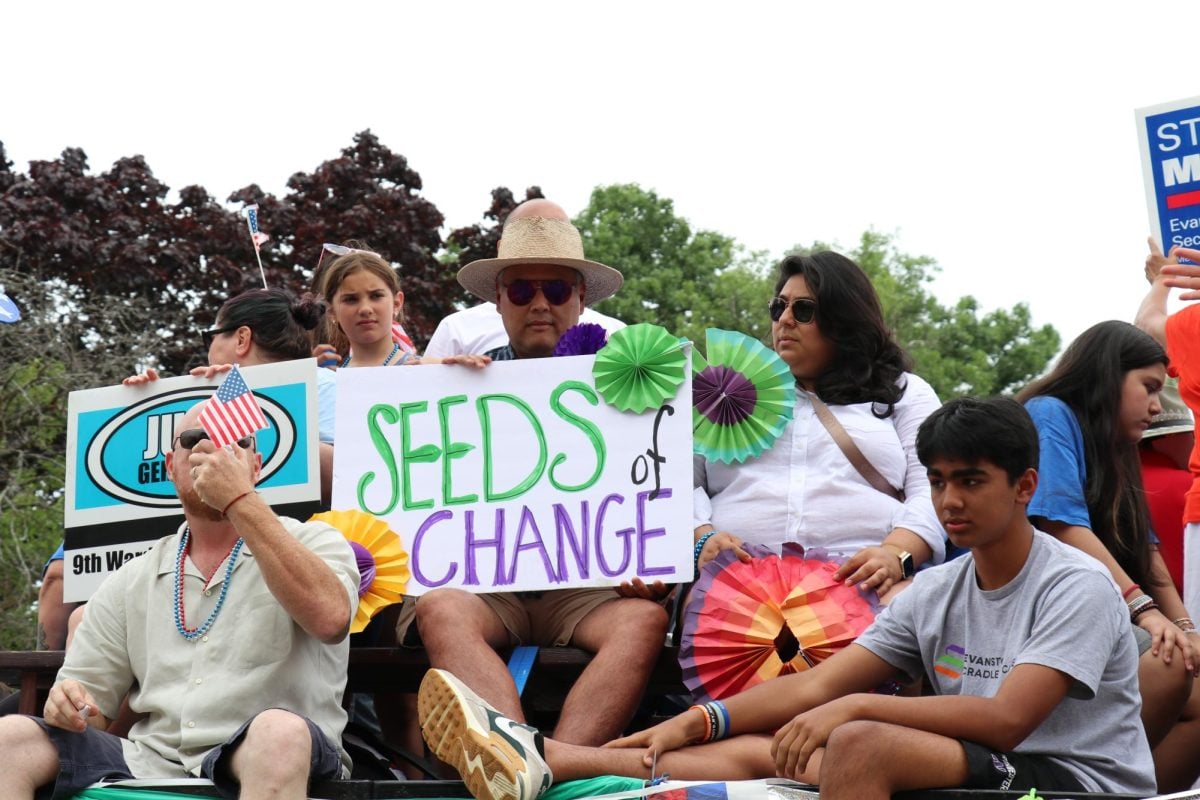Suicide rates among college-age adults rose slightly during the 2001-2002 school year, according to a report issued by the Centers for Disease Control and Prevention.
The report’s statistsics are the most recent data on suicides by the CDC.
About 148 more college-age people killed themselves in 2002 than in the previous year, according to the report. This increase follows six years of declining rates.
“It’s a complex issue we don’t completely understand,” said Arri Sendzimir, executive director of the Jed Foundation, a non-profit organization working to prevent youth suicide.
“When someone who has a predisposition to suicide is in a stressful environment, this can trigger suicide, but that’s not a blanket formula,” Sendzimir said.
First-time separation from home as well as high expectations of success from parents and professors can create a stressful environment, Sendzimir said. However, college-age students who attend a university are half as likely to commit suicide as their non-enrolled peers.
On average nearly 1,100 students take their own lives each year, according to the CDC Web site. Suicide is the second largest killer of American college students, surpassed only by accidents.
Weinberg sophomore Yehuda Yudkowsky died on Interstate 94 last November in what medical examiners later ruled a suicide. In December 2002, Weinberg freshman Charles Kim killed himself in his Sargent Hall dorm room.
McCormick junior Samantha Cruz said she thinks Northwestern offers resources for depressed students.
“I’ve known some people who were depressed, but it was always helped before it got out of control,” she said. “I feel like places like the Multicultural Center, advising and student groups provide a good safety net for students.”
According to the CDC report, suicide risk factors include depression, sadness, hopelessness and stress. Of all students who commit suicide, 95 percent are depressed. About 10 percent of all college students have been diagnosed with depression.
Stan Lewy, founder and president of the Midwest chapter of the American Foundation for Suicide Prevention, said these statistics are alarming.
“If someone suspects a friend is suicidal they should try to get them to the health service or at least alert the health service if the friend won’t go,” Lewy said. “We have an ad campaign that says it’s better to lose a friendship than to lose a friend.”
Women are three times more likely than men to report suicide attempts, but men are more than four times as likely to commit suicide, according to the CDC. About 75 percent of all suicide victims on college campuses are male.
Verbal clues signaling suicidal thoughts are the biggest warning signs, Lewy said. Other signs that someone may be suicidal include recklessness, changes in behavior or appearance, substance abuse, and withdrawal from friends and family. Psychological support is important for preventing suicide.
“A feeling of suicide is very often just a transitory feeling, so it’s really important to give someone the opportunity to get through it,” Lewy said. “If someone is suicidal, don’t leave them alone. You need to get them help.”
Reach Cara Walsh at [email protected].
















